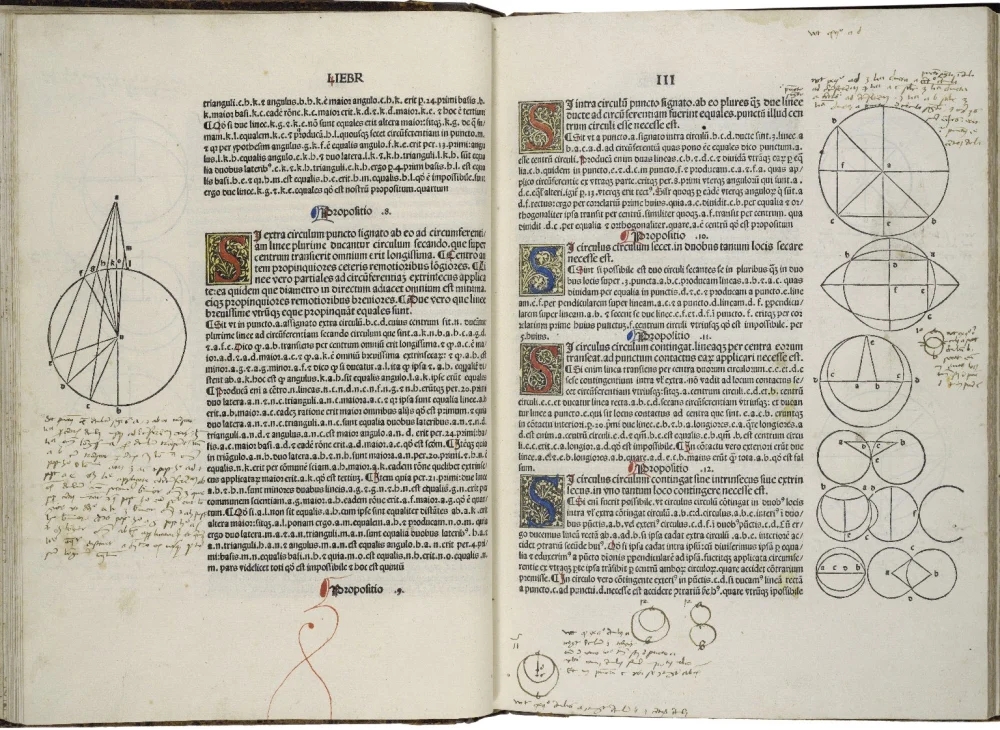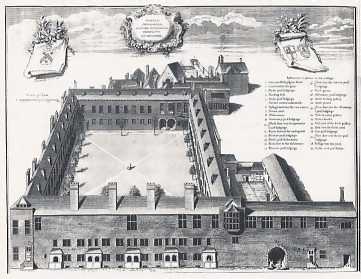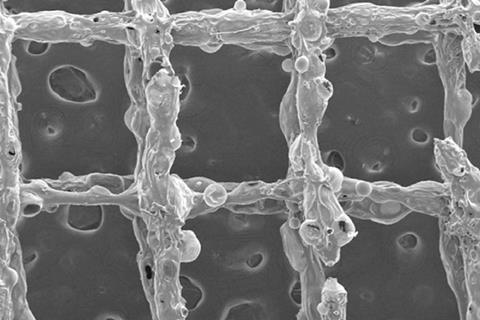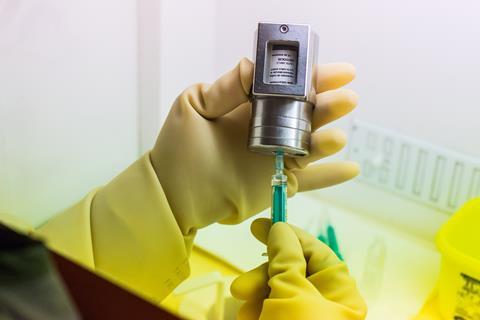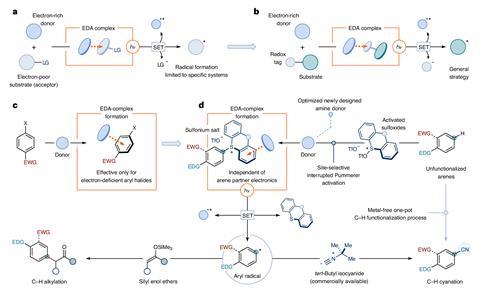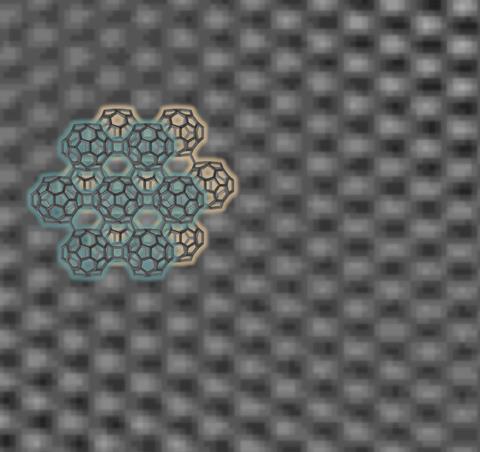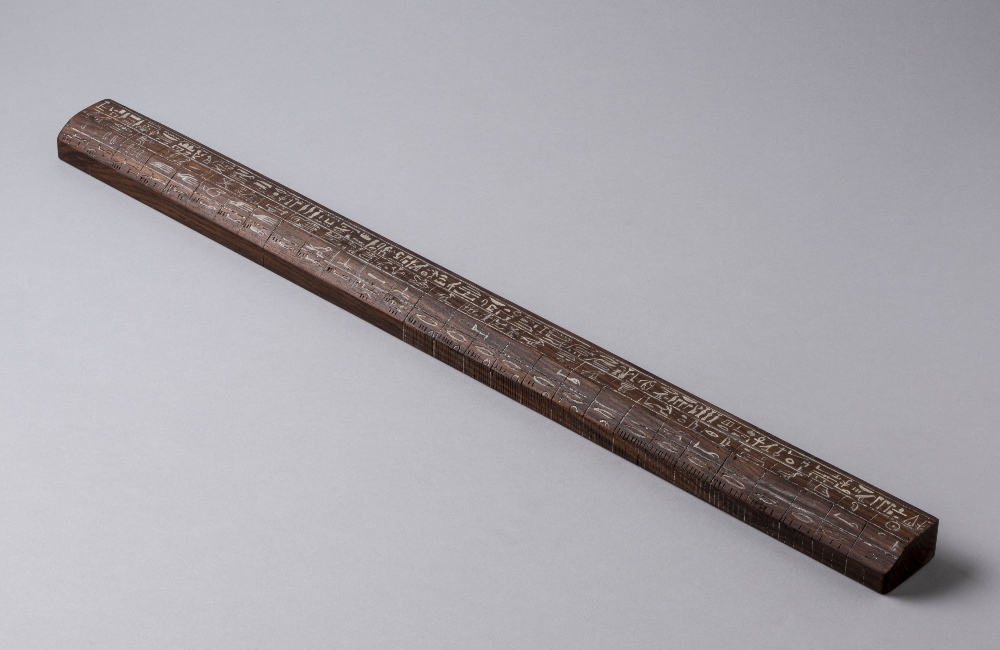A new artificial intelligence (AI) tool can classify chemical reaction mechanisms using concentration data to make predictions that are 99.6% accurate with realistically noisy data. Igor Larrosa and Jordi Bures from the University of Manchester have made the model freely available to help progress ‘fully automated organic reaction discovery and development’. ‘There is a lot […]
Read More
